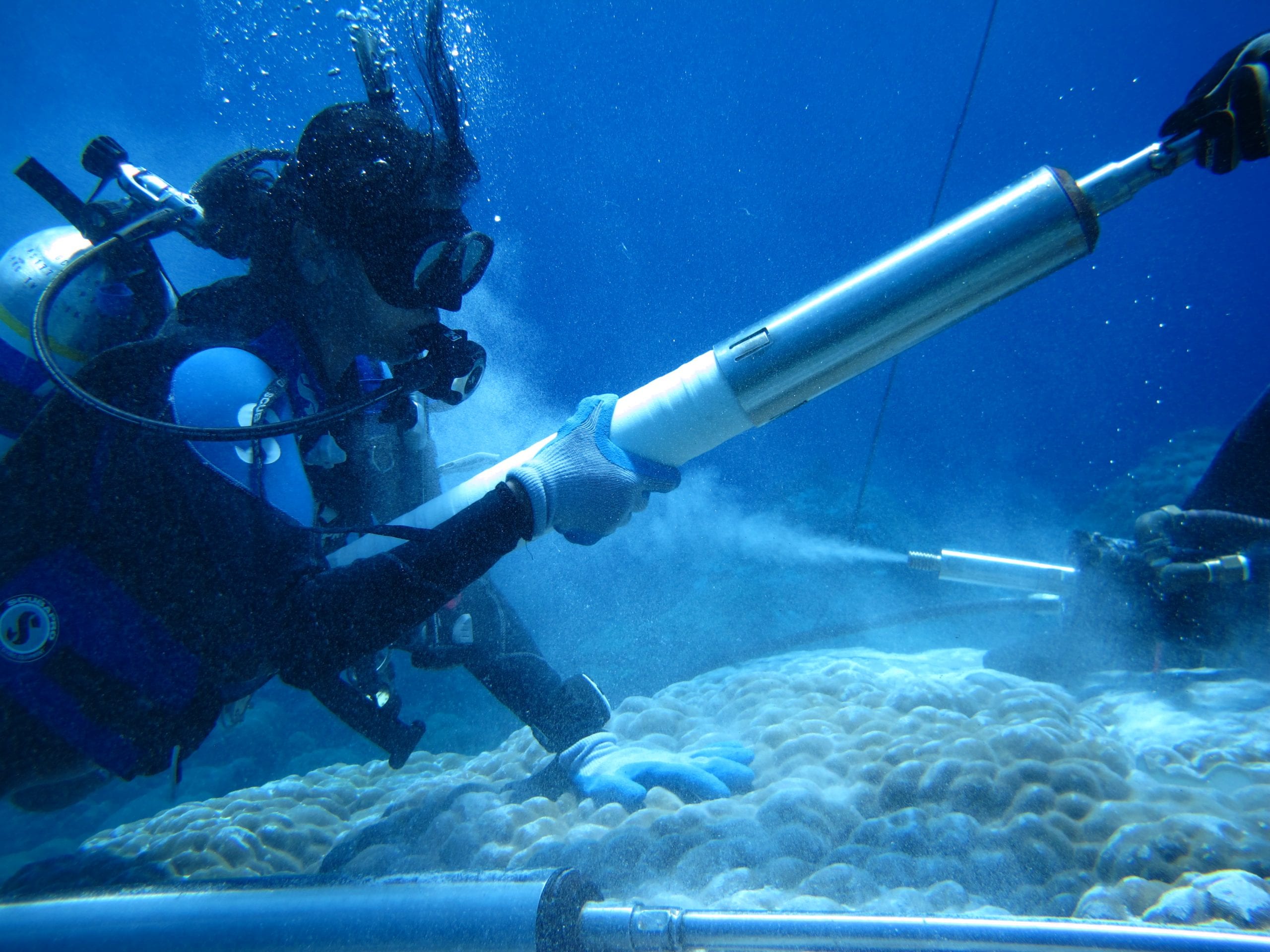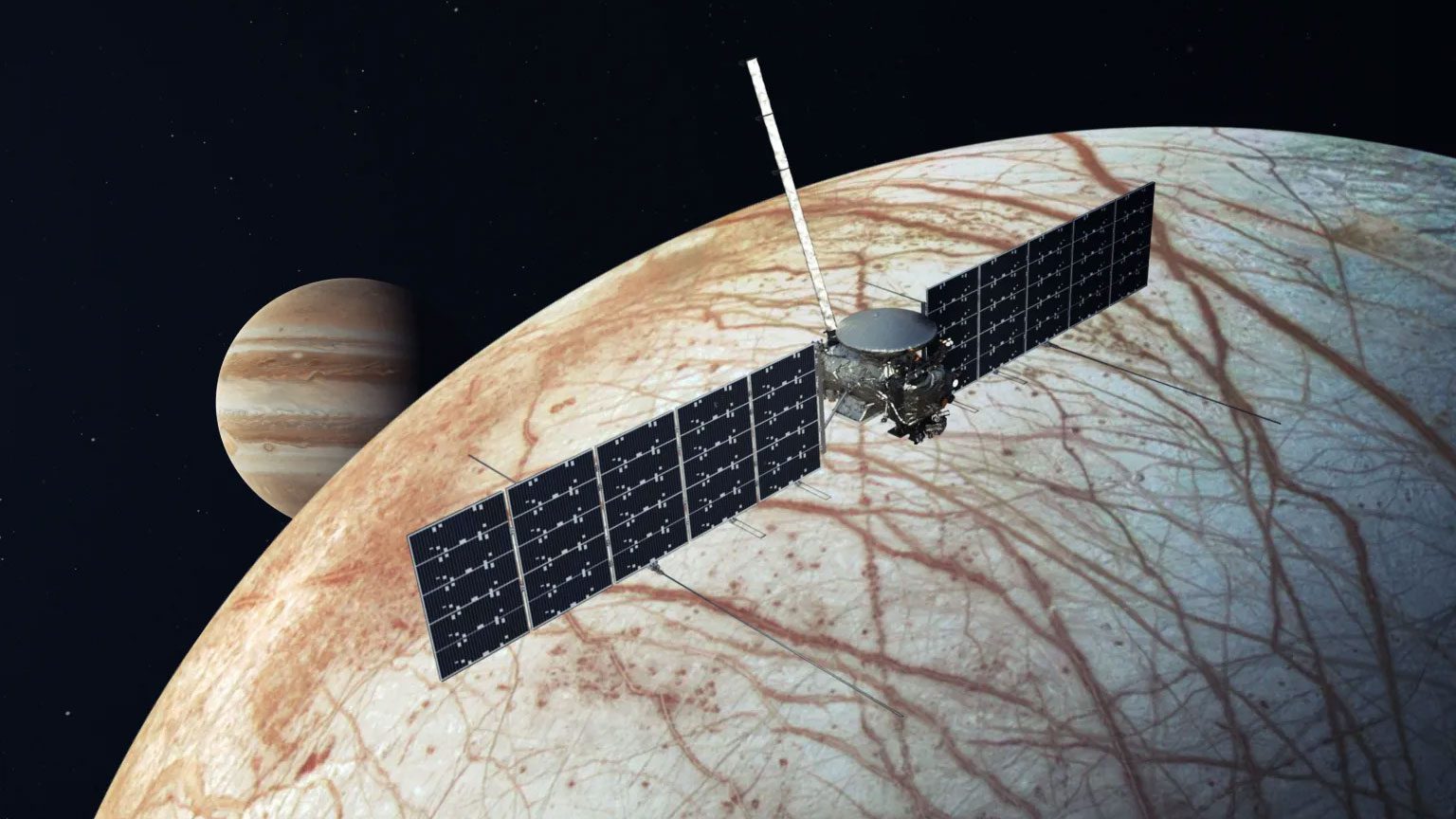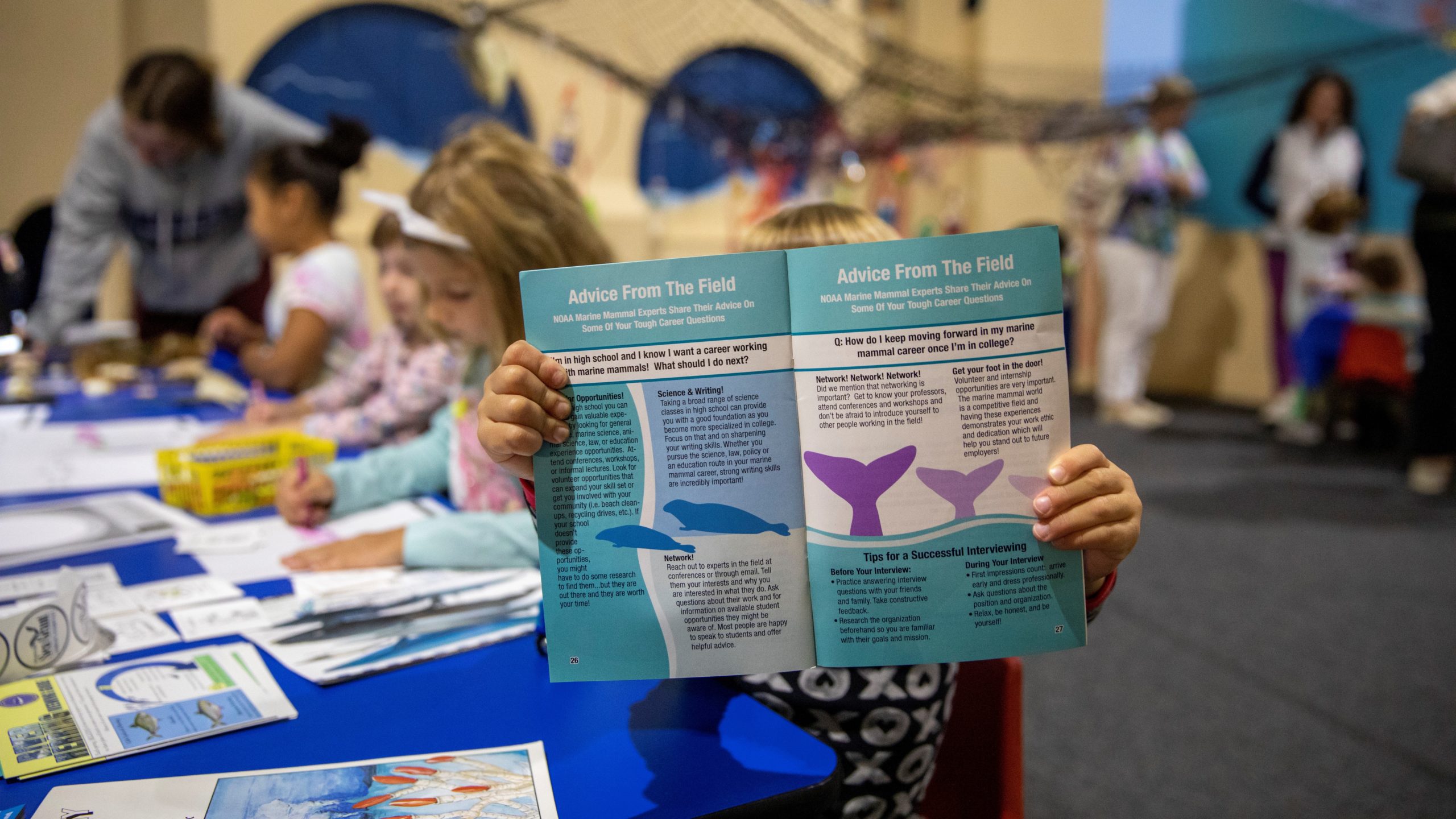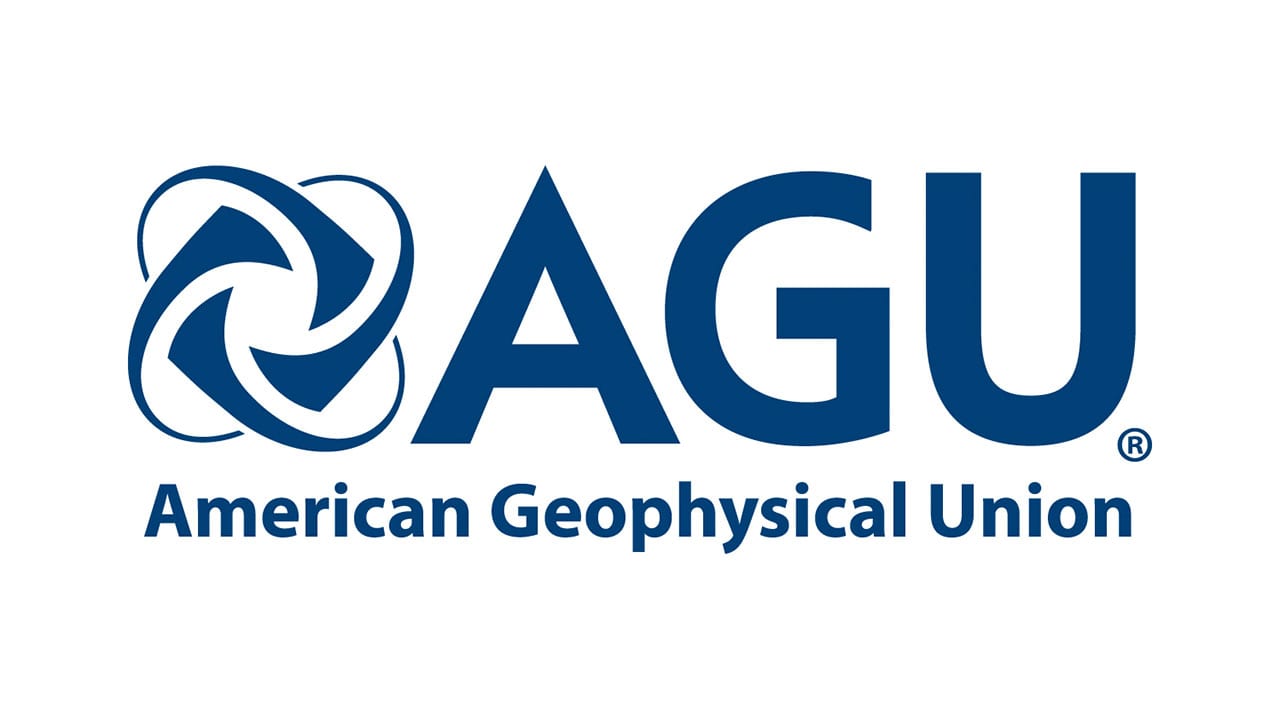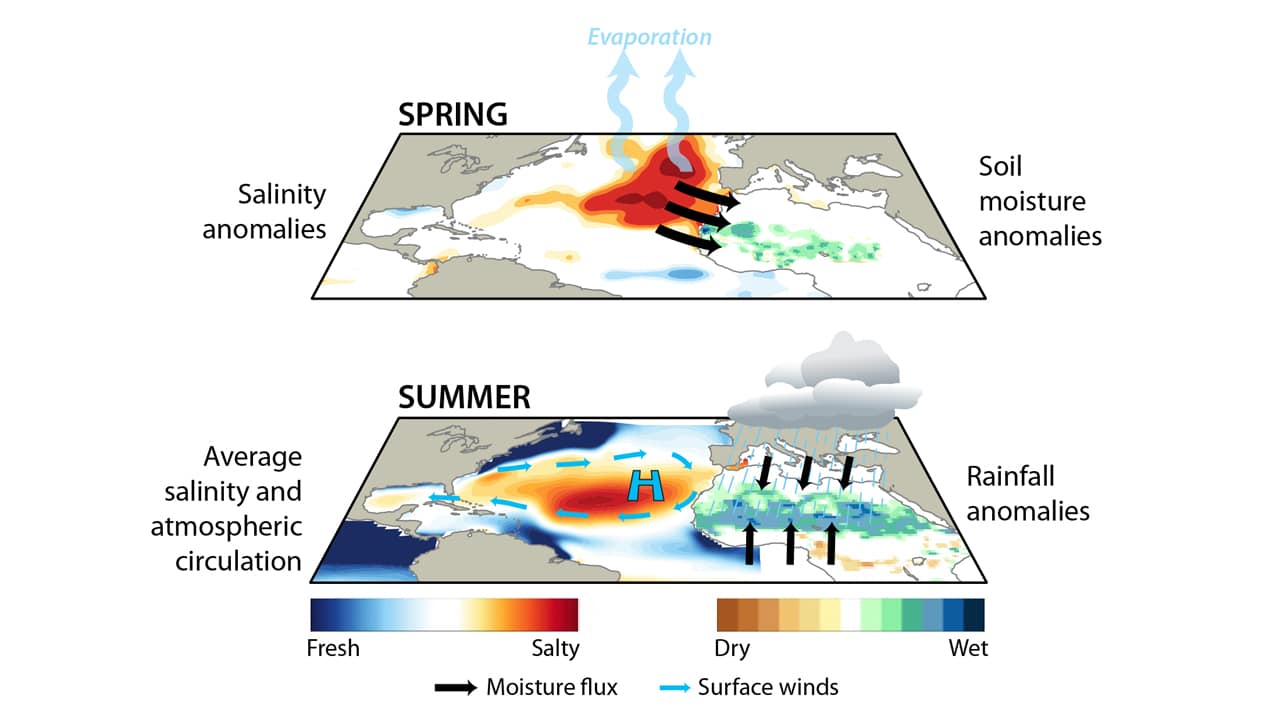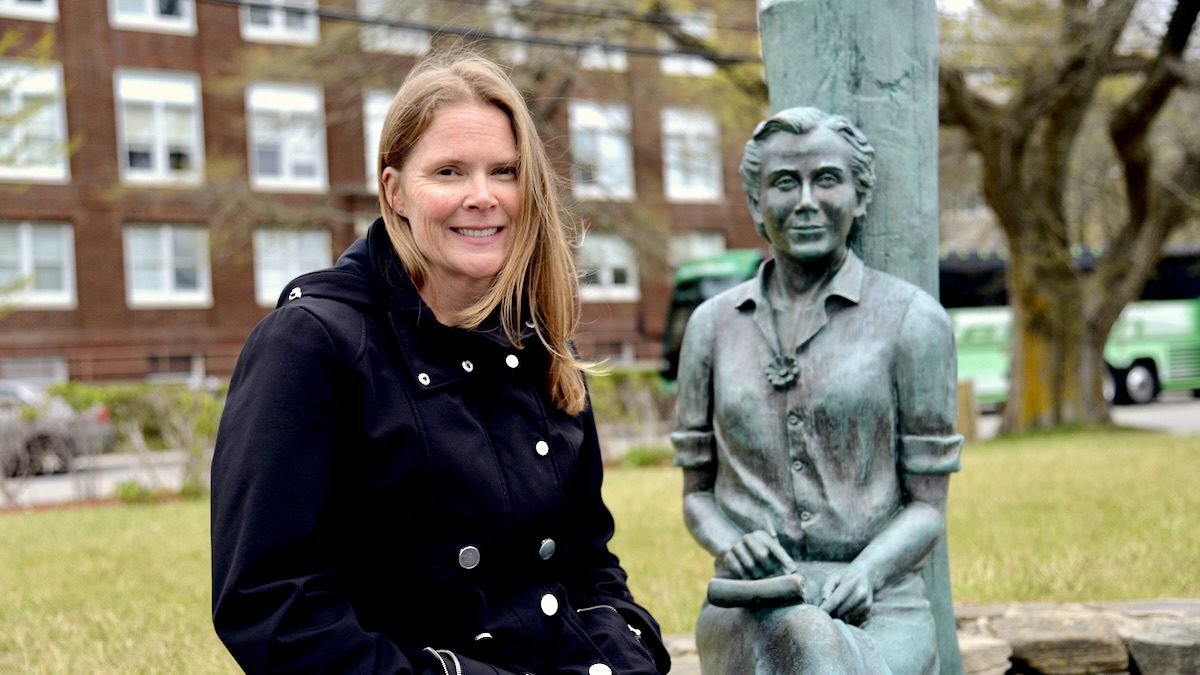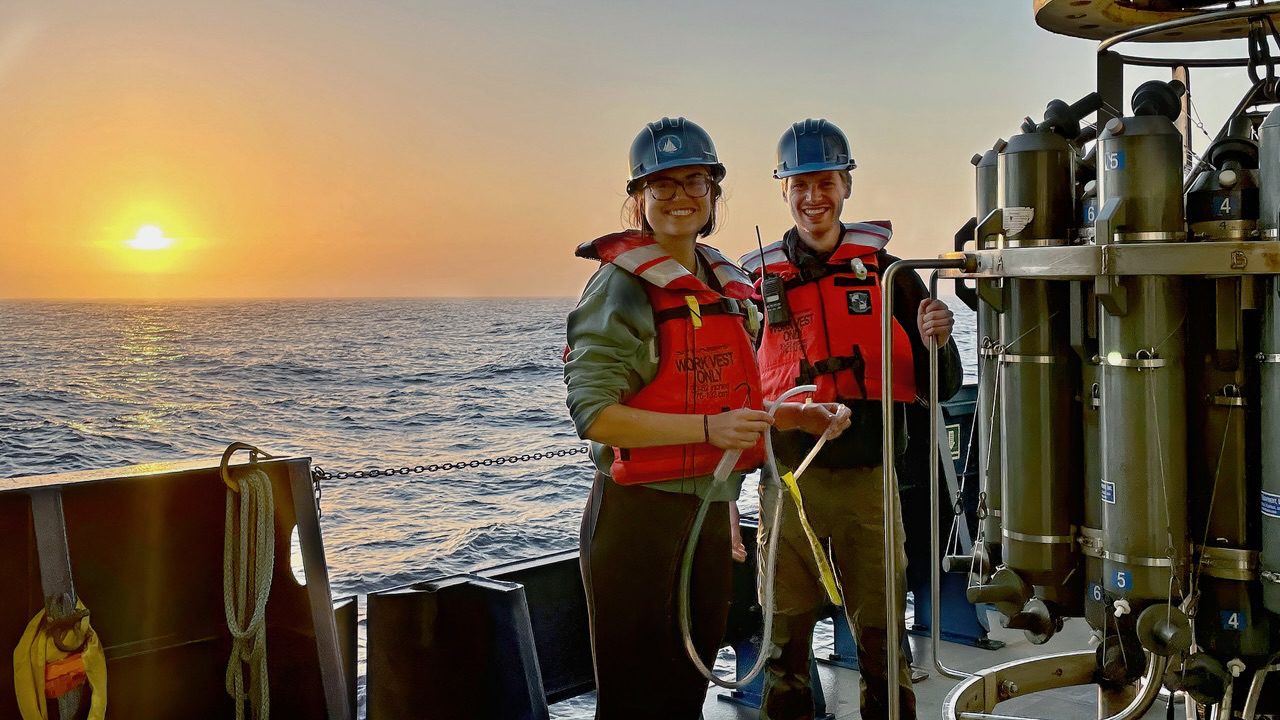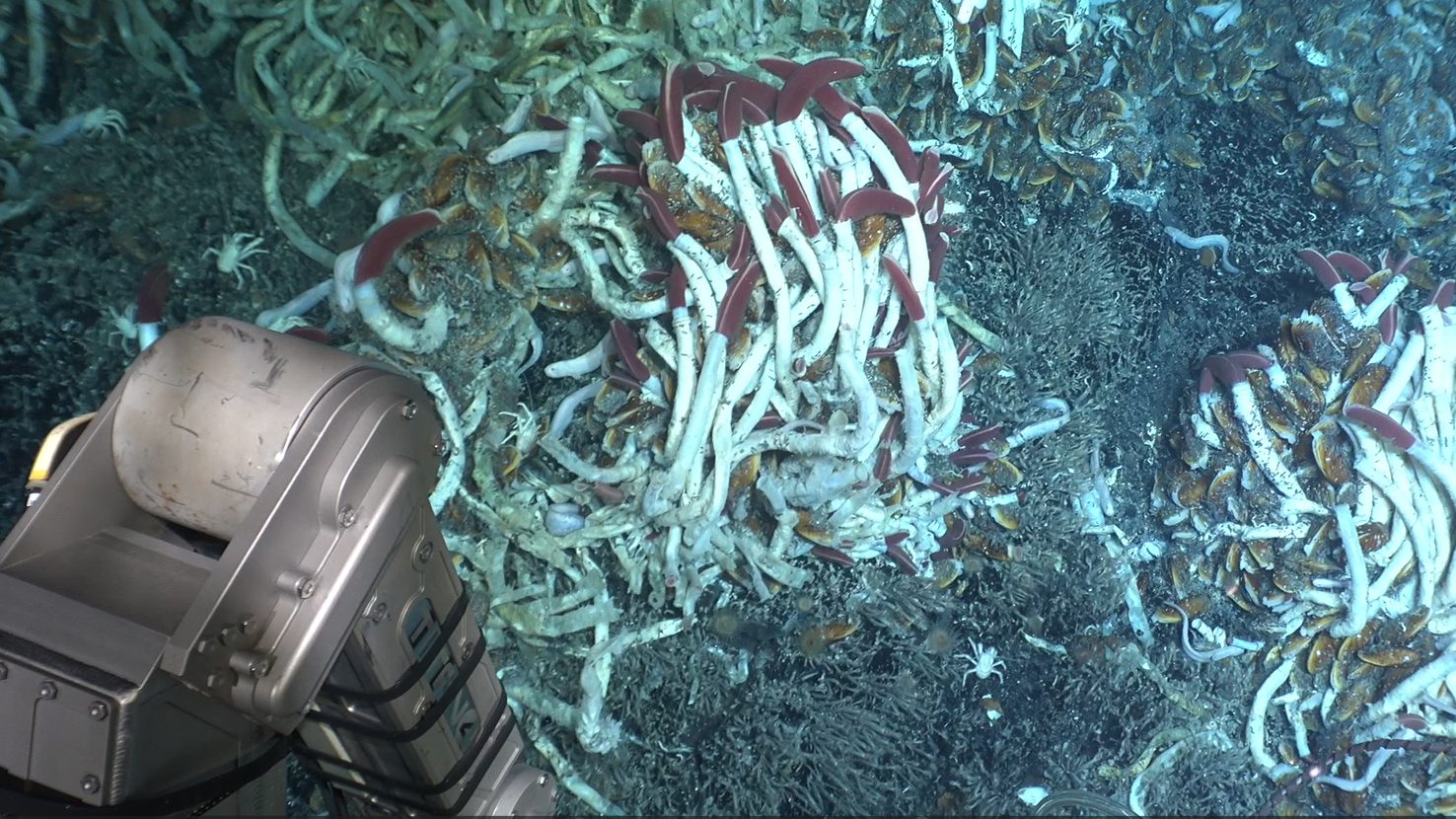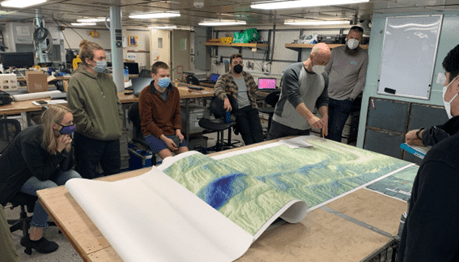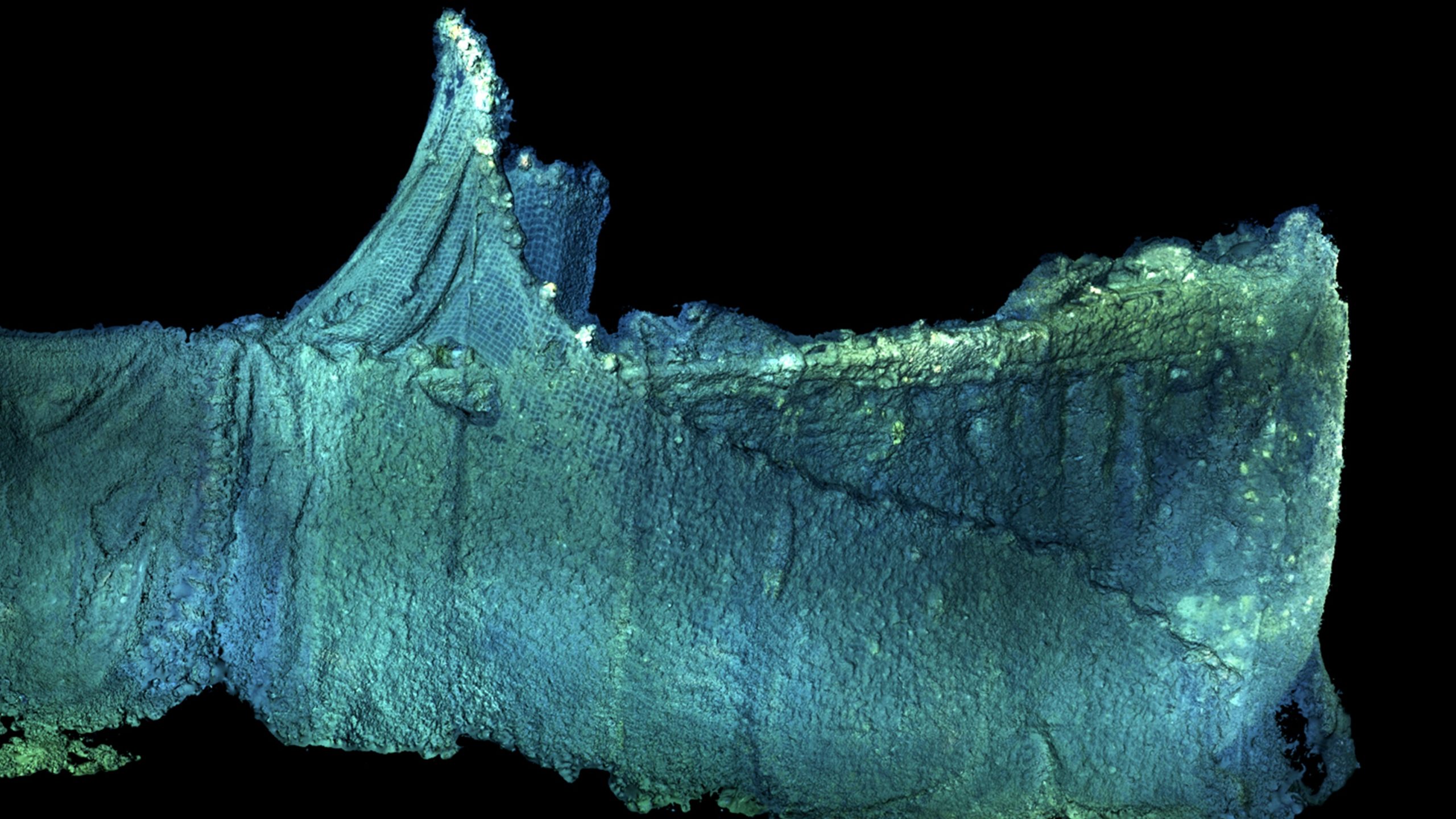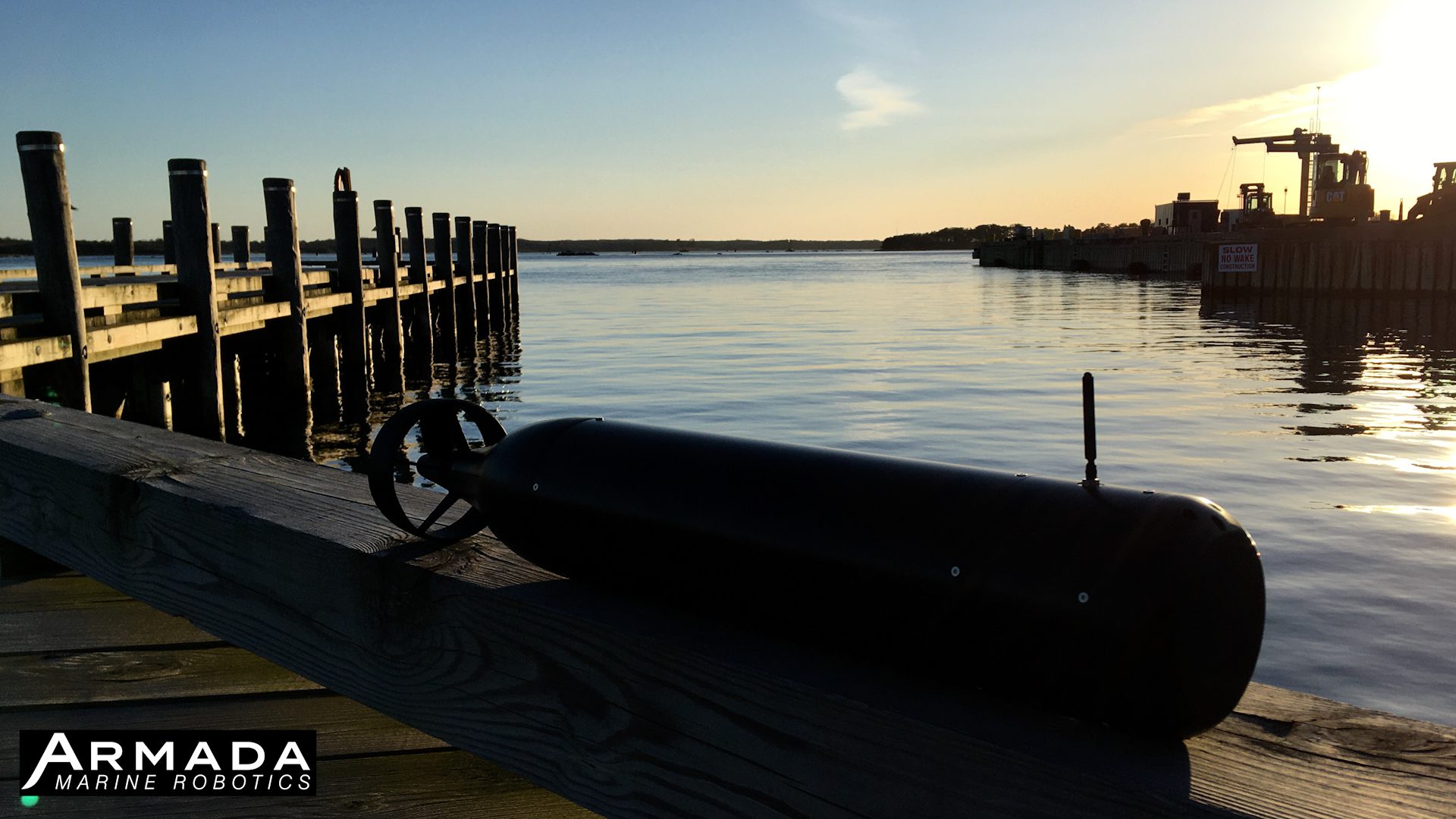News Releases
Review Evaluates the Evidence for an Intensifying Indian Ocean Water Cycle
Report Calls for Better Integration of Observations, Models, and Paleo Proxies The Indian Ocean has been warming much more than other ocean basins over the last 50-60 years. While temperature…
Read MoreWHOI selected by NASA to investigate ocean worlds and their organic carbon cycles
The Investigating Ocean Worlds project will seek to improve the analysis of data related to carbon-rich molecules that could be an indicator of biological activity.
Read MoreResearchers Studying Ocean Transform Faults, Describe a Previously Unknown Part of the Geological Carbon Cycle
Woods Hole, Mass. – Studying a rock is like reading a book. The rock has a story to tell, says Frieder Klein, an associate scientist in the Marine Chemistry &…
Read MoreWhere Iron and Water Mix
A new study by researchers from University of Washington (UW), Woods Hole Oceanographic Institution (WHOI), and the University of Southern California, demonstrates that chemical-laden plumes erupted from vents at one section of Mid Ocean Ridge in the SE Pacific can be traced all the way across the Pacific for more than 4000 kilometers. Further, the study shows how the iron transported by this process is ultimately brought to the surface oceans of Antarctica where it is serves as a key life-sustaining micro-nutrient supporting up to 30 percent of all the organic carbon uptake in that ocean.
Read MoreStudy Reveals How Rivers Regulate Global Carbon Cycle
Humans concerned about climate change are working to find ways of capturing excess carbon dioxide (CO2) from the atmosphere and sequestering it in the Earth. But Nature has its own methods for the removal and long-term storage of carbon, including the world’s river systems, which transport decaying organic material and eroded rock from land to the ocean.
While river transport of carbon to the ocean is not on a scale that will bail humans out of our CO2 problem, we don’t actually know how much carbon the world’s rivers routinely flush into the ocean – an important piece of the global carbon cycle.
But in a study published May 14 in the journal Nature, scientists from Woods Hole Oceanographic Institution (WHOI) calculated the first direct estimate of how much and in what form organic carbon is exported to the ocean by rivers. The estimate will help modelers predict how the carbon export from global rivers may shift as Earth’s climate changes.
Read MoreWHOI to Host Public Forum on Climate Change and Global Water Supplies
Severe droughts, floods, and storms are now a routine part of our nation’s weather forecast. Remarkably hot and dry weather in 2011 caused droughts in Texas, the Plains states and…
Read More“Hot-Bunking” Bacterium Recycles Iron to Boost Ocean Metabolism
In the vast ocean where an essential nutrient?iron?is scarce, a marine bacterium that launches the ocean food web survives by using a remarkable biochemical trick: It recycles iron.
Read MoreUnderwater Microscope Finds Biological Treasures in the Subtropical Ocean
Scientists towing an underwater digital microscope across the Atlantic have found possible missing links to the global nitrogen cycle, which in turn is linked to ocean productivity. In a recent…
Read MoreFreshwater and Saltwater Interactions in Coastal Groundwater Systems May Provide Clues to Chemicals Entering Coastal Waters
Scientists have recently recognized an imbalance in the flow of salty groundwater into the coastal ocean: considerable saltwater discharge into the ocean has been observed, but little or no return…
Read MoreScientists Find Active Underwater Volcano East of Samoa
Marine geologists from the Woods Hole Oceanographic Institution (WHOI) and the Scripps Institution of Oceanography (SIO) have confirmed the existence of an active underwater volcano east of Samoa. The volcano, recently named VailuluA?u by local students, is located about 28 miles east of TaA?u Island and rises more than 16,400 feet from the seafloor to within 2,000 feet of the ocean surface. The scientists found billowing “smoggy” water in the summit and extending out for more than five miles.
Read MoreWoods Hole Oceanographic Institution and Cape Cod Children’s Museum partner for World Ocean Day celebration
The Cape Cod Children’s Museum (CCCM) is proud to announce that its Exploring Cape Cod Waters exhibit is now fully complete.
Read MoreThree WHOI Scientists to be Honored by AGU
Three scientists from the Woods Hole Oceanographic Institution (WHOI) are among those to be honored by the American Geophysical Union (AGU) with awards or special lectures at its upcoming fall…
Read MoreStudy Offers Clues to Better Rainfall Predictions
WHOI scientists have found a potential path to better seasonal rainfall predictions. Their study shows a clear link between higher sea surface salinity levels in the North Atlantic Ocean and increased rainfall on land in the West African Sahel, the area between the Sahara Desert and the savannah in Sudan.
Read MoreAlexander von Humboldt Foundation Honors Two WHOI Scientists
The Alexander von Humboldt Foundation in Bonn, Germany, has recognized two Woods Hole Oceanographic Institution (WHOI) scientists with honors: Chris German received a Humboldt Research Award and Caroline Ummenhofer was chosen for a Humboldt Research Fellowship.
Read MoreNASA/WHOI Voyage Set to Explore Link Between Sea Saltiness and Climate
A NASA-sponsored expedition is set to sail to the North Atlantic’s saltiest spot to get a detailed, 3-D picture of how salt content fluctuates in the ocean’s upper layers and how these variations are related to shifts in rainfall patterns around the planet.
Read MoreStudy of Patagonian Glacier’s Rise and Fall Adds to Understanding of Global Climate Change
Increased global temperatures are frequently viewed as the cause of glacial melt, but a new study of Patagonia’s Gualas Glacier highlights the role of precipitation in the glacier’s fluctuation. The study, conducted by Sbastien Bertrand of the Woods Hole Oceanographic Institution (WHOI) and his colleagues, compares past temperature and rainfall data with sediment records of glacier fluctuations and the historical observations of early Spanish explorers.
Read MoreWHOI Scientists Awarded Distinctions from The Oceanography Society and American Geophysical Union
Jim Yoder Named 2012 fellow of The Oceanography Society Jim Yoder, Vice President for Academic Programs and Dean at the Woods Hole Oceanographic Institution (WHOI), has been named a 2012…
Read MoreNew Study Reports Large-scale Salinity Changes in the Oceans
Tropical ocean waters have become dramatically saltier over the past 40 years, while oceans closer to Earth’s poles have become fresher, scientists reported today in the journal Nature. Earth’s warming surface may be intensifying evaporation over oceans in the low latitudes–raising salinity concentrations there–and transporting more fresh water vapor via the atmosphere toward Earth’s poles.
Read MoreWoods Hole Oceanographic Institution’s Julie Huber awarded prestigious Rachel Carson Lecture by the American Geophysical Union
WHOI’s Julie Huber Awarded Prestigious Rachel Carson Lecture by the AGU
Read MoreScientists use salinity to trace changes in the U.S. Northeast coastal ocean
Scientists are using salt as a tracer to investigate how much the influx of warm, salty offshore water onto the continental shelf contributes to the observed seasonal “erosion” of the cold pool.
Read MoreScientists in Alvin witness seafloor eruption on the East Pacific Rise
Long-awaited event sets the stage for scientists to learn more about physical, chemical and biological processes in the deep ocean East Pacific Rise, Pacific Ocean (May 2, 2025) – Scientists…
Read MoreCrustal brines at an oceanic transform fault
WHOI research explores geological processes along plate boundaries
Read MoreResearchers to host roundtable meetings on shipwrecks and ghost gear
Woods Hole Oceanographic Institution, Center for Coastal Studies to host listening sessions with local fishers
Read MoreWoods Hole Oceanographic Institution Licenses Ocean Technology to ARMADA Marine Robotics
These agreements mark a significant milestone in WHOI’s efforts to foster innovation, entrepreneurship, and the commercialization of transformative ocean technologies.
Read More
